Choosing your freeride board
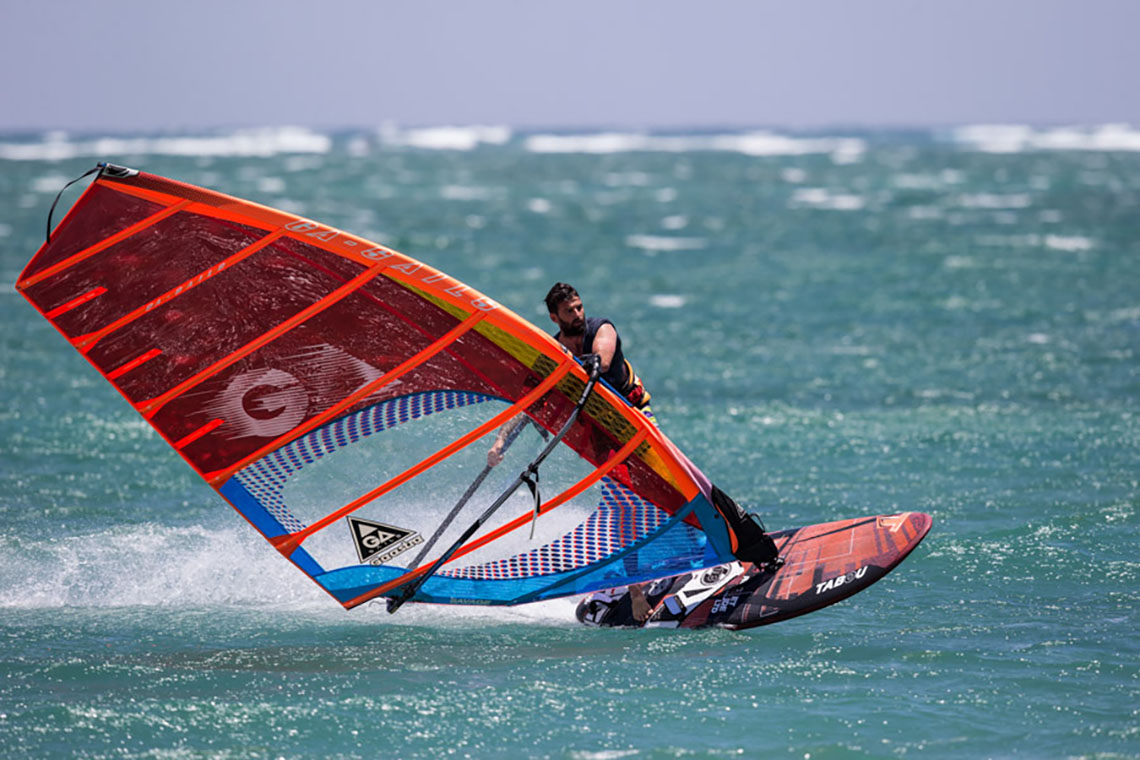
Freeride

Tabou Rocket 125
The term "freeride" means an easy and pleasant recreational funboard. Its main features include: easy planing, good acceleration, a comfortable drive, achieving high-speed, and trouble-free carving jibes. Freeride boards are mainly designed for planing on flat waters with a wide range of sails - from wave to the high-performance race models with camber inducers. Mostly they have moderately long and wide shapes with thin rails. Footstraps on the board (usually four) are located closer to the center of the deck, which make foot inserting much easier and enhances control during plane. Freeride boards are usually equipped with Power Box or Tuttle Box fin systems. Recommended for: the perfect choice for any recreational windsurfer sailing on flat waters who foremost likes comfort, control and pleasure of fast planing. When you should think about different type of board: when you intend to sail on more bumpy/choppy waters and prefer doing more maneuvers than long straight blasting.
Freemove / freewave / freestyle wave

Tabou 3S 96
Models that combine classic freeride shapes with more geared towards maneuvers, i.e. wave or freestyle. They offer great recreational properties, such as excellent control, ease of planing and extremely versatile maneuverability. They are shorter and narrower than freeride boards and don’t come in very large sizes. Freemoves don’t like big sails but work great with medium and smaller sizes with more maneuverable character. On the deck usually we will find 3 footstraps, with only one in the tail, although many manufacturers also offer the possibility of mounting fourth strap (second in the tail, like on freeride boards). They provide much better control in difficult conditions and on waves, facilitate the foot insertion, but reduce the speed potential. Freemove boards most commonly have Power Box fin system. Recommended for: both beginners and advanced windsurfers who are more interested in maneuvers and jumps rather than just speed blasting. Excellent choice to get started with waves or windsurfing on more windy and choppy spots. When you should think about different type of board: when you are mostly interested in speed, usually sail in lighter winds and on flat water.
Freerace

Tabou Speedster 75
Those are the fastest boards from the group of "free". Usually they are also the fastest ones for recreational windsurfers. Their design combines elements of a typical freeride board with high-performance slalom model. They have a lower rocker, thicker and shaper rails with clear focus on delivering the highest possible speed. Freerace boards are very often just a slightly reworked slalom machines, thus offering extremely high performance while maintaining the necessary dose of friendly character for recreational riders. Footstraps on freerace boards are spaced closer to the rails allowing for better speed, but at a price of more difficult foot insertion. In most boards of this type we find the Tuttle Box fin system but sometimes also the Power Box one. Recommended for: ambitious recreational windsurfers who want to achieve maximum speed, compete in amateur races, sail mainly on flat waters, prefer speed blasting over maneuvers, do not have problems with inserting feet into the footstraps, like medium and larger sails with slalom character. When you should think about different type of board: you are just starting getting into footstraps, learning basic planning technique, preferring comfort of sailng over the maximum speed, want to sail with small maneuverable rigs on more bumpy/choppy waters, learning how to jibe, you have no racing ambitions, love jumping and dynamic maneuvers.

JP-Australia’s 2025 Innovations – Collection Overview!
JP-Australia, a leader in the windsurfing industry, has just revealed its 2025 collection, bringing new technology, updated shapes, and innovative boards to elevate the water sports experience. From the groundbreaking S-TEC construction to enhanced designs of classic models and specially crafted boards for kids, the brand continues to focus on quality and excellence in every detail. Read on for a closer look!
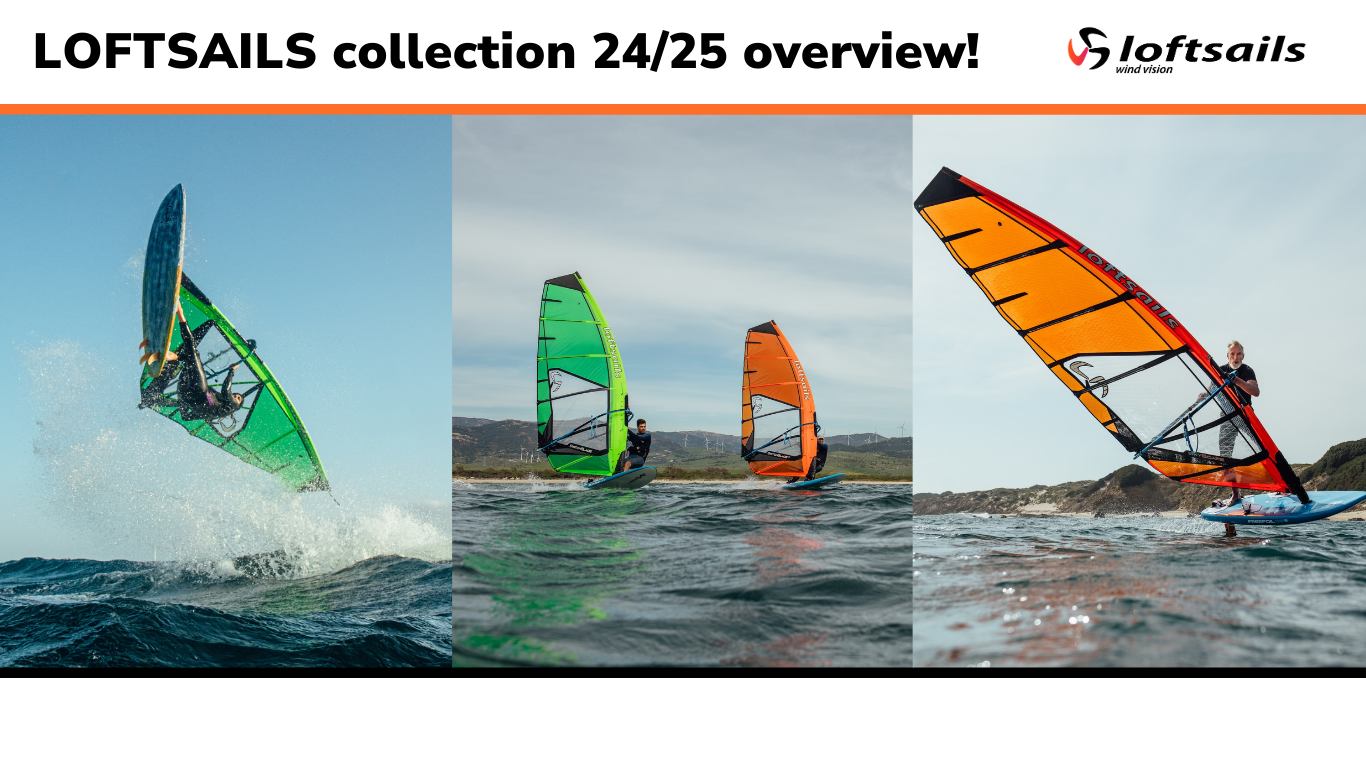
Loftsails 24/25 collection
We are thrilled to present the latest 24/25 Loftsails collection, now available for pre-order! This exciting line results from innovative technologies and years of experience that Loftsails has gathered in the world of windsurfing. Get to know the description of each model.
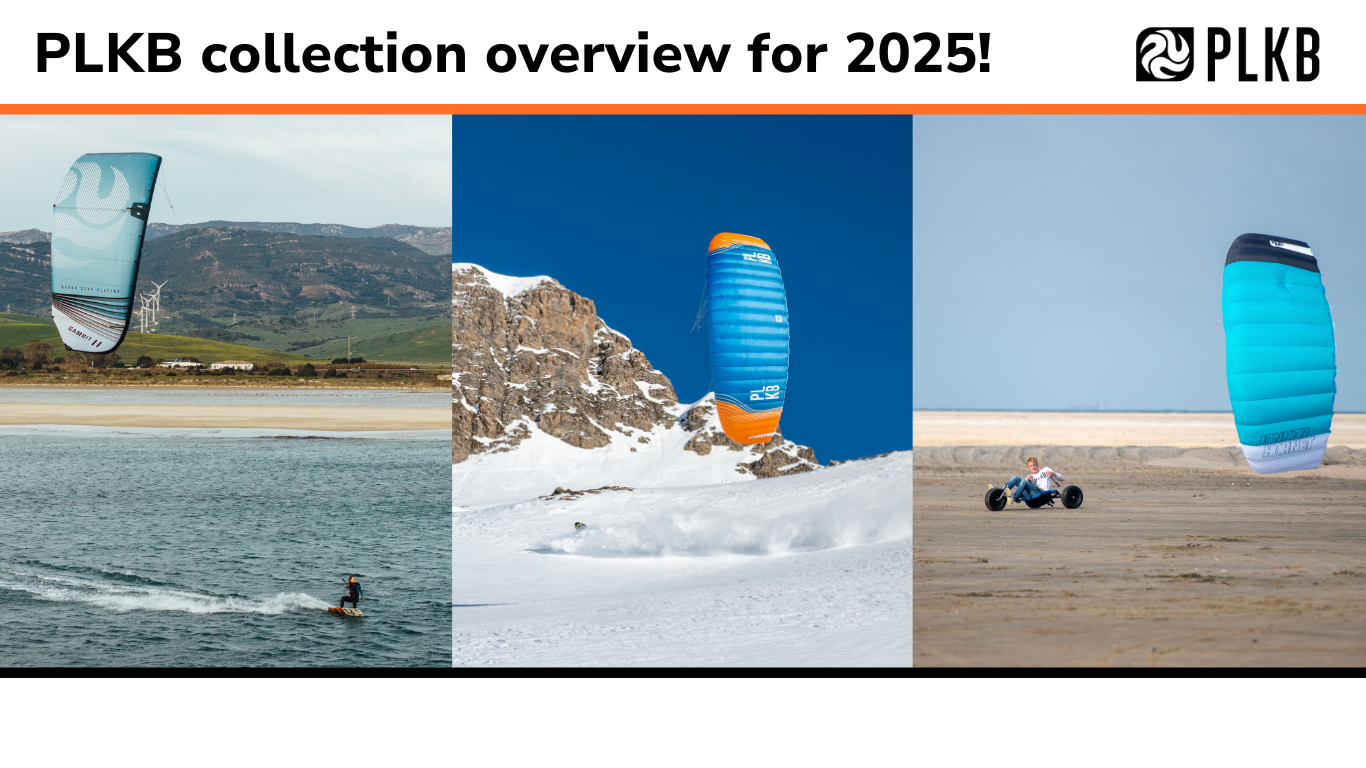
PLKB 2025 Collection – Kites and Gear for Kitesurfing, Snowkiting, and Landkiting!
Since we have launched preorders for 2025, and we are excited to present the entire collection from PLKB (Peter Lynn Kiteboarding). For years, this brand has been offering high-quality gear for kite, snow, and land kiting, allowing every kite sport enthusiast to find something suited to their needs, regardless of the terrain or season. PLKB’s extensive experience in creating kites that exceed expectations sets them apart, making every session enjoyable and thrilling. PLKB has taken on the challenge of outperforming major brands, overcoming all obstacles along the way.
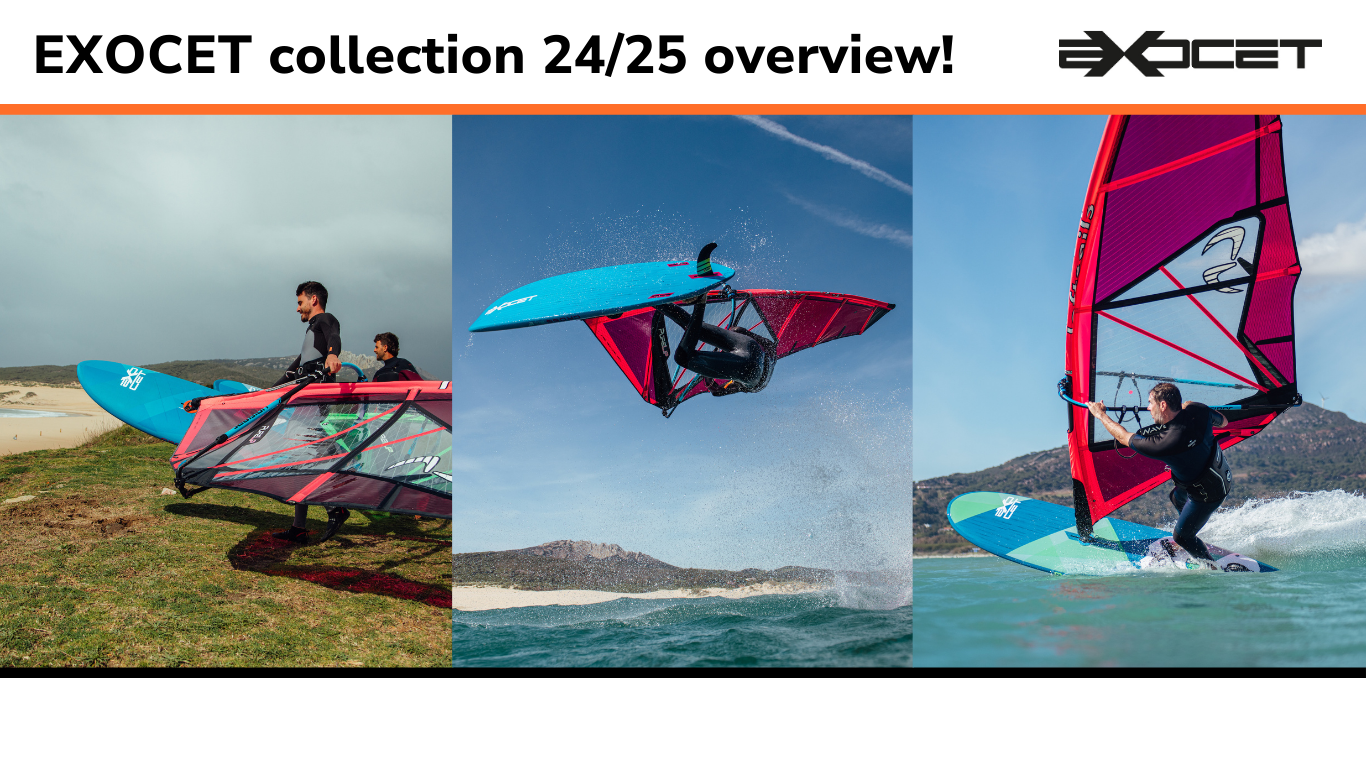
Exocet boards collection review for 2024/2025. Available for pre-order!
Meet EXOCET's collection of windsurfing boards for the 2024/ 2025 season, which is now available in pre-order! In the range of this french brand you will find constructions for classic windsurfing on the fin, as well as for foil. In this article we will acquaint you with the individual models to help you choose the right equipment for yourself ;) Don't hesitate to sign up for a preorder and get the latest model at a favorable price!
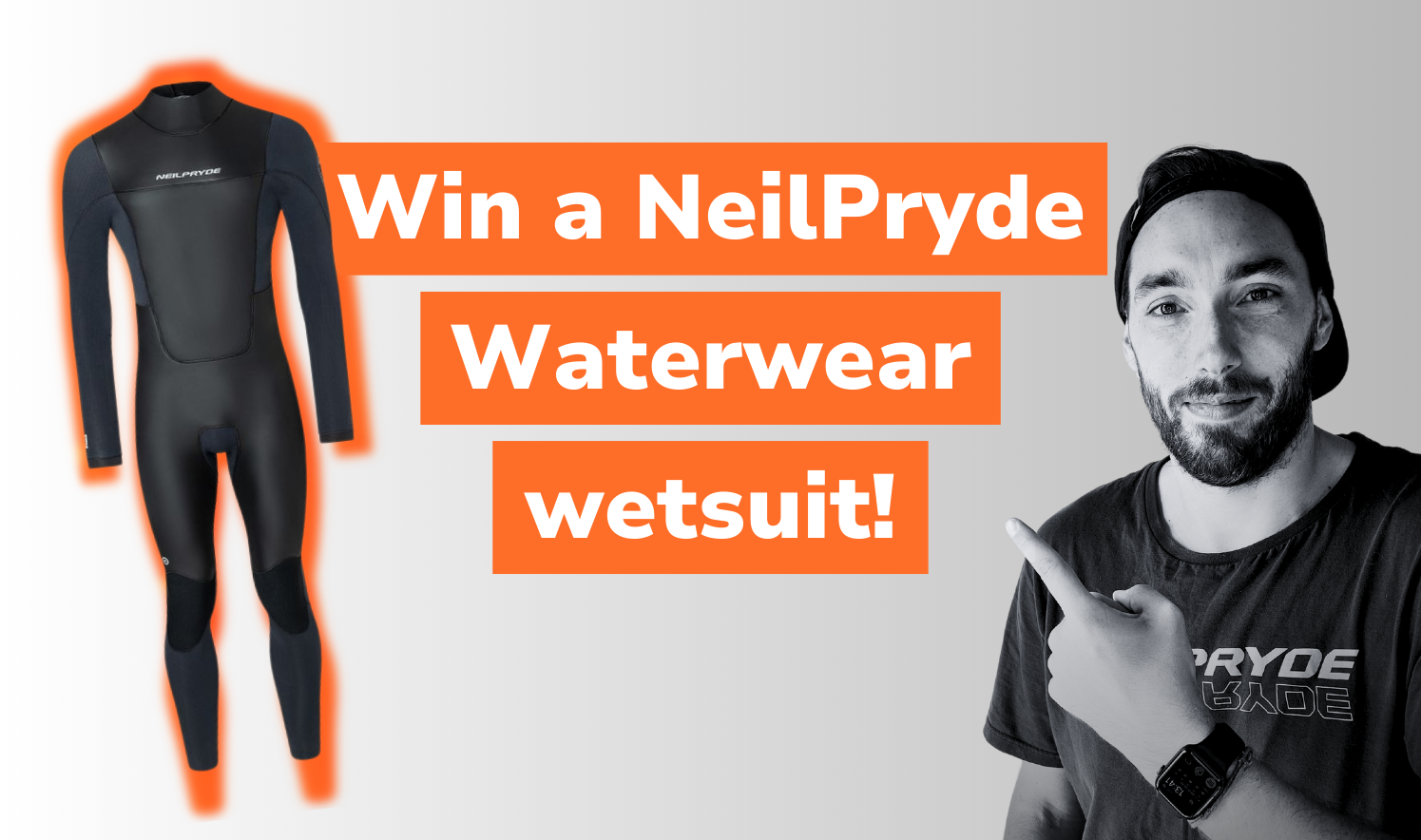
Win a NeilPryde Waterwear wetsuit!
Together with NeilPryde Waterwear, we're announcing a contest where you can win any wetsuit from the NeilPryde's range. Check the details below:
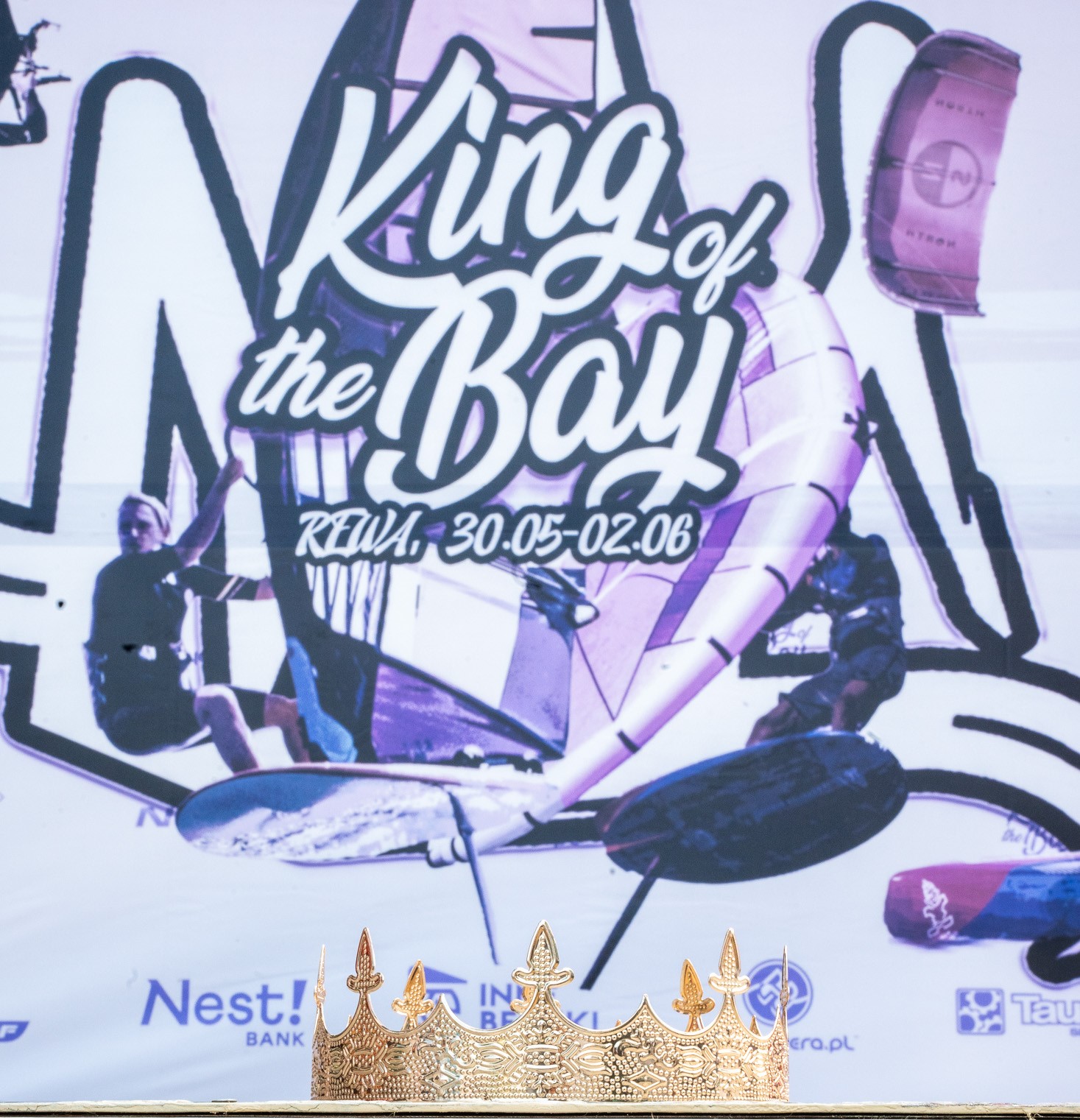
King of the Bay report!
What a weekend it was!!! 🤩 Rewa welcomed us royally! For four days, we enjoyed beautiful sunshine and conditions that allowed us to not only hold the planned races but also to carry out all other activities. The turnout exceeded our wildest expectations. Over 240 competitors registered for the event, and in addition to the participants, crowds of water sports fans flocked to Rewa. Everyone came with one goal: to spread passion and love for windsurfing, kitesurfing, wing foiling, SUP, and pump foiling! I'm still not fully recovered from this magical water sports festival, but the boost of positive energy and motivation we received, both myself and our entire EASY-surfshop team... It's simply indescribable! So much happened during these four days, and the event itself could be divided into two parts: racing and festival-market, which I'd like to briefly present to you.

What kind of wetsuit to choose? - learn tips to help you choose the right wetsuit
Are you planning to embark on a windsurfing, kit or foil adventure? If so, the first thing you will need is definitely a neoprene wetsuit, it will be an integral part of your equipment. The variety of wetsuits on the market can be overwhelming, so we'll give you a brief overview of the key elements when choosing the right one, but let's start with what exactly are they?
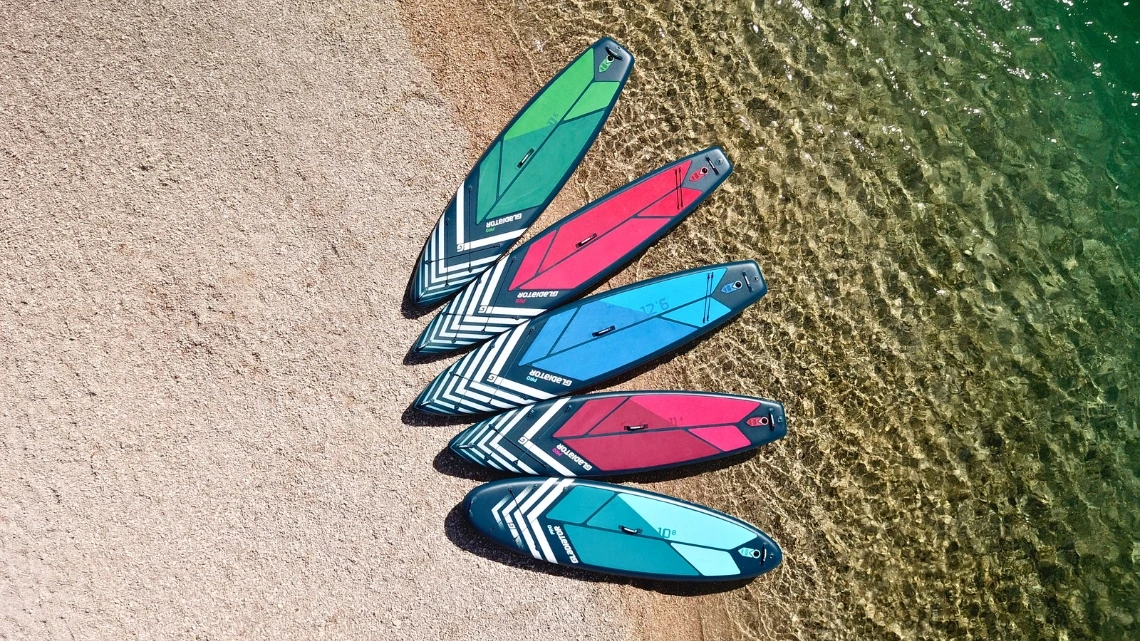
Gladiator SUP board collection review for 2024
SUP is an increasingly popular water sport that combines elements of recreation, training and adventure. If you're passionate about water activities, you've certainly heard of the Gladiator brand. Take a virtual tour of their SUP board collection for 2024!













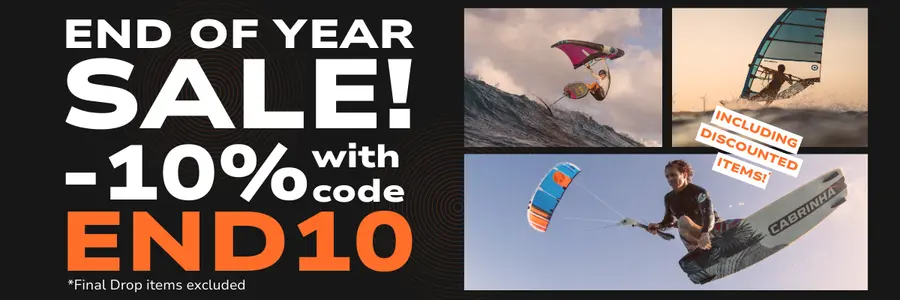



 Facebook
Facebook Instagram
Instagram YouTube
YouTube